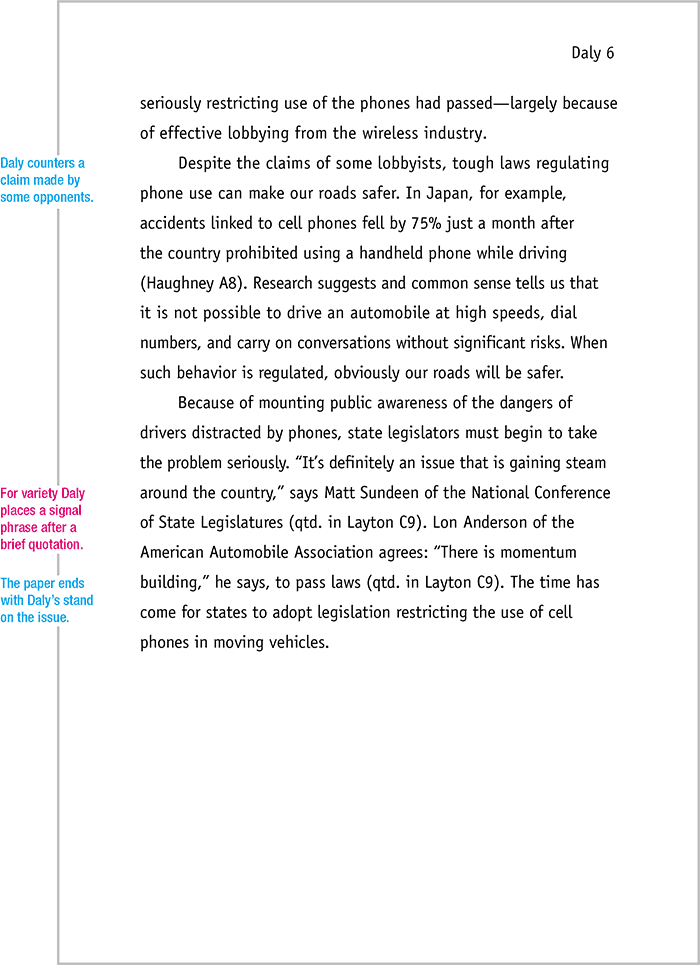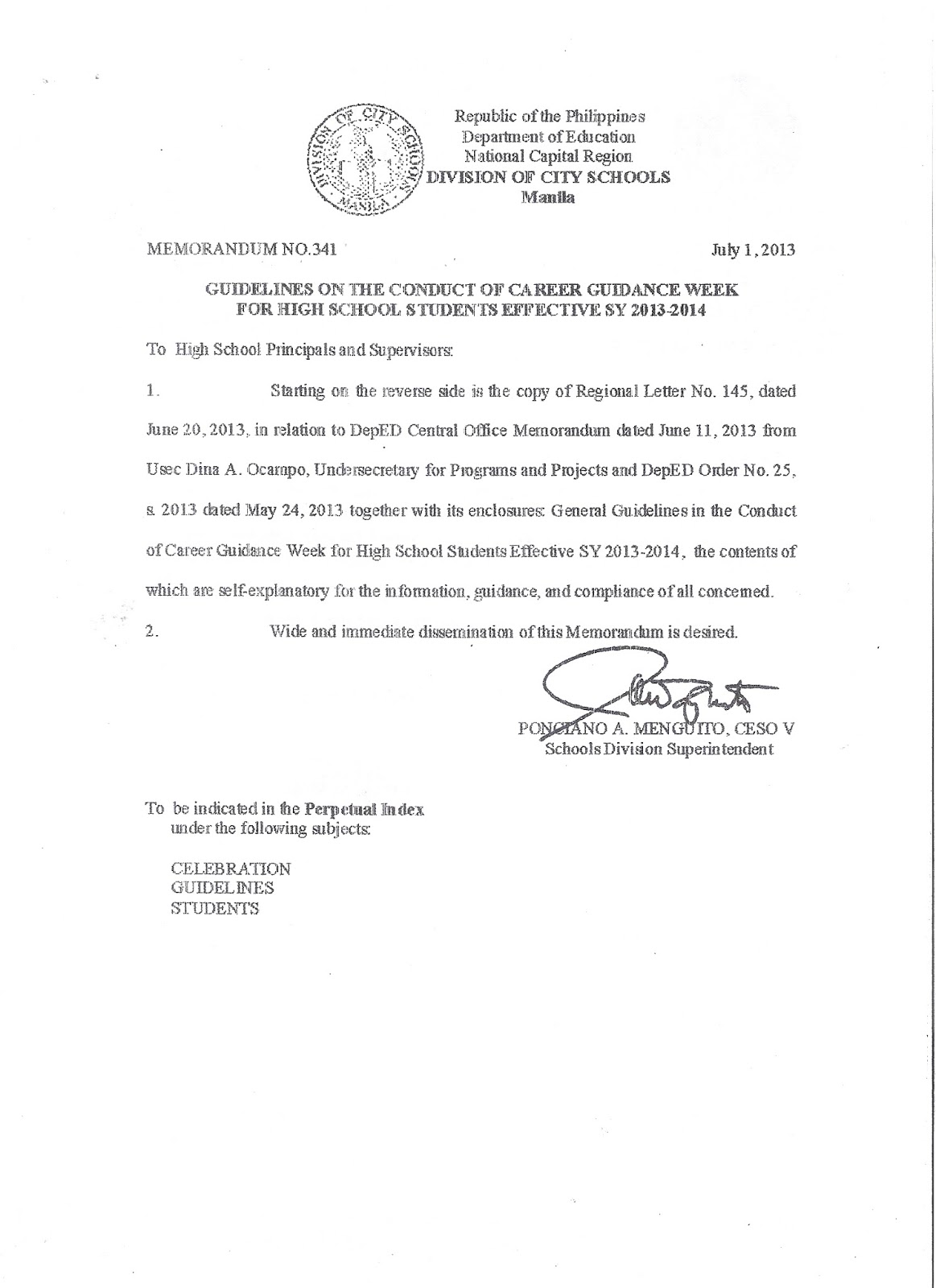

Net» will help you in development of applications which operates with DOCX, RTF, PDF, HTML And Text documents. ' Add the content of Chapter 1 / Subchapter 1-1. = Trueĭim pSubChapter11 As New Paragraph(dc, "Subchapter 1-1") = Color.Grayĭim pChapter1 As New Paragraph(dc, "Chapter 1") (New TableOfEntries(dc, FieldType.TOC))ĭim pTOCEnding As New Paragraph(dc, "The End") For headings that aren't related to tasks, use a noun phrase such as Headings, if possible. Consider infinitive phrases, such as To create a heading, for headings and titles related to tasks. Examples Source data Prepare headings To create a heading Scrub data To remove blank rows. ' Create and add TOC (Table of Contents). For example, use noun phrases for first-level headings, verb phrases for second-level headings, and infinitive phrases for headings in instructions. = New Color("#358CCB")ĭim pTocHeader As New Paragraph(dc, "Table of Contents") = New Color("#FF9900")ĭim TOCStyle As ParagraphStyle = CType(Style.CreateStyle(StyleTemplateType.Subtitle, dc), ParagraphStyle) You can see which style was used in the quick styles gallery the corresponding style will be marked with a light blue border. With 'heading 2', to which you have applied the Word style. For "SupChapter 1-1" and "SubChapter 2-1".ĭim Heading2Style As ParagraphStyle = CType(Style.CreateStyle(StyleTemplateType.Heading2, dc), ParagraphStyle) If a Word style has already been applied to the text, you can customize it and include it in the quick Styles gallery: Select the text, e. For "Chapter 1" and "Chapter 2".ĭim Heading1Style As ParagraphStyle = CType(Style.CreateStyle(StyleTemplateType.Heading1, dc), ParagraphStyle) ' First of all, create an instance of DocumentCore. Page numbers are automatically updated in that case.ĭocument.GetPaginator(new PaginatorOptions() ) Var toc = (TableOfEntries)document.GetChildElements(true, ElementType.TableOfEntries).FirstOrDefault() TOC can be updated only after all document content is added.

For example, to change all chapter headings from left-justified to centered, you only have to make.
#Heading styles in word examples update#
When you create a table of contents this way, you can automatically update it if you make changes in your document. The template uses a feature in Word called styles.

Paragraph is a Block derived element used to group Inline elements like a Run, Shape, Picture, Field etc. After adding of the reference to () - it's 100% C# managed assembly you will be able to create a new document, parse an existing, modify anything what you want."))
#Heading styles in word examples pdf#
Net» will help you in development of applications which operates with DOCX, RTF, PDF and Text documents. Add the content of Chapter 1 / Subchapter 1-1 New Paragraph(document, String.Format("Subchapter 1-1"))


 0 kommentar(er)
0 kommentar(er)
